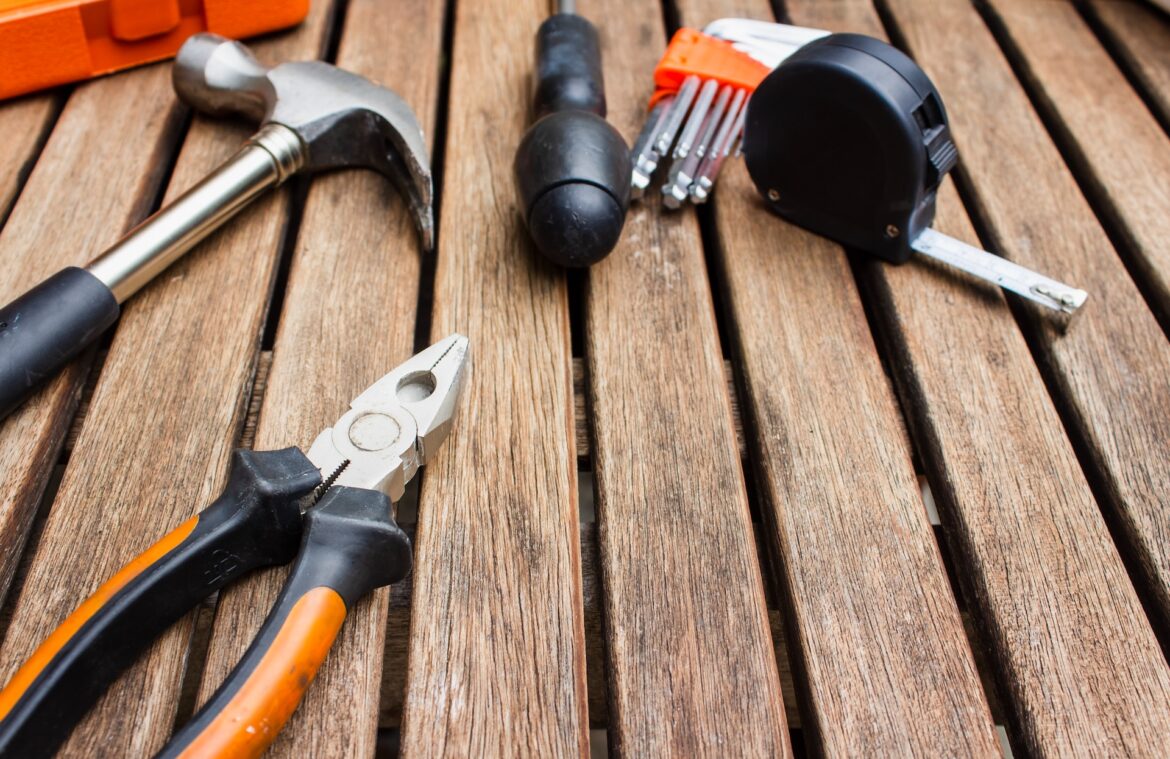Starting a project you do yourself (DIY) may be a rewarding and powerful experience. Having the appropriate equipment on hand is essential whether you’re working on a more difficult home improvement project or just replacing a leaking faucet. Pliers play a significant role in any toolkit with their versatile designs and functionalities. Understanding various types of pliers is advisable because each type is designed for specific tasks, ensuring efficiency and precision in your work.
Different pliers, such as slip-joint, needle-nose, and diagonal cutting pliers, offer unique features tailored to gripping, precision work, and cutting, respectively. This knowledge empowers DIY enthusiasts to select the right tool, enhancing their projects’ overall effectiveness and safety.
This blog aims to be your go-to reference for understanding the diverse types of pliers and how to choose the right one for the job:
- Task Specificity:
- Identify the specific task for which you need the pliers. Different pliers are designed for various functions. For instance, slip-joint pliers are versatile for general gripping and holding, needle-nose pliers excel in precision work, and diagonal-cutting pliers are ideal for cutting wires. Understanding your task ensures you choose a plier type tailored to your needs.
- Plier Type:
- Understand the characteristics and applications of different plier types:
- Slip-Joint Pliers: These feature an adjustable pivot point, allowing you to adjust the jaw size. They are versatile and suitable for a range of tasks.
- Needle-nose Pliers: Long, slender jaws are perfect for reaching into tight spaces and gripping small objects precisely.
- Diagonal Cutting Pliers: Designed for cutting wires, these pliers have sharp, angled jaws that produce clean cuts.
- Specialized Pliers (Locking, Tongue-and-Groove, Bent Nose): Each specialized type serves a unique purpose. Locking pliers provide a secure grip, tongue-and-groove pliers are adjustable for various sizes and bent nose pliers are excellent for specific angles and tight spots.
- Understand the characteristics and applications of different plier types:
- Material and Build Quality:
- Examine the construction of the pliers. Look for durable materials such as hardened steel for longevity and effective performance. Consider the ergonomic design of the handles, ensuring they provide a comfortable grip. Pliers with insulated handles may be essential for electrical work to prevent shocks.
- Handle Design and Comfort:
- Evaluate the handle design for comfort, especially if you anticipate extended use. Some pliers feature ergonomic handles with non-slip grips, reducing hand fatigue and enhancing overall control. A comfortable handle design can significantly impact your ability to use the tool effectively.
- Brand Reputation and Reviews:
- Research the reputation of the brand and read user reviews. A well-known and respected brand is more likely to produce high-quality pliers. User reviews provide real-world insights into specific plier models’ performance, durability, and user satisfaction.
- Maintenance and Adjustability:
- Consider the ease of maintenance and adjustability. Pliers with easily replaceable parts or those that can be adjusted for wear and tear can extend the tool’s lifespan. Look for models with a smooth and reliable joint mechanism.
Building a comprehensive toolkit enhances your efficiency and ensures a safer and more enjoyable DIY experience. So, the next time you pick up your pliers, remember: the right tool makes all the difference.



